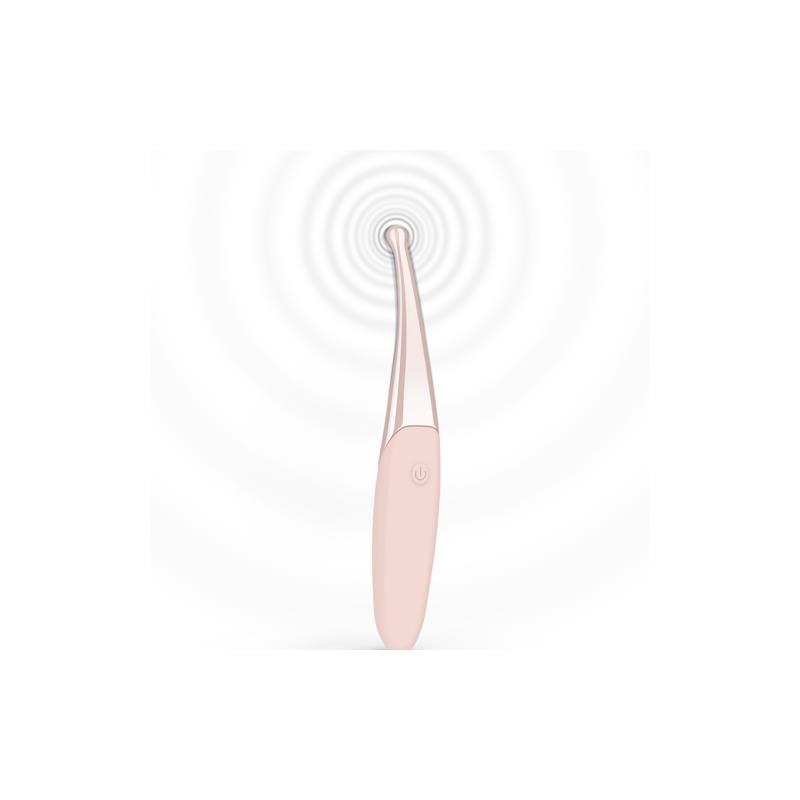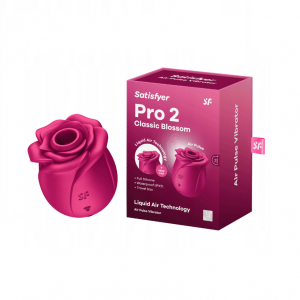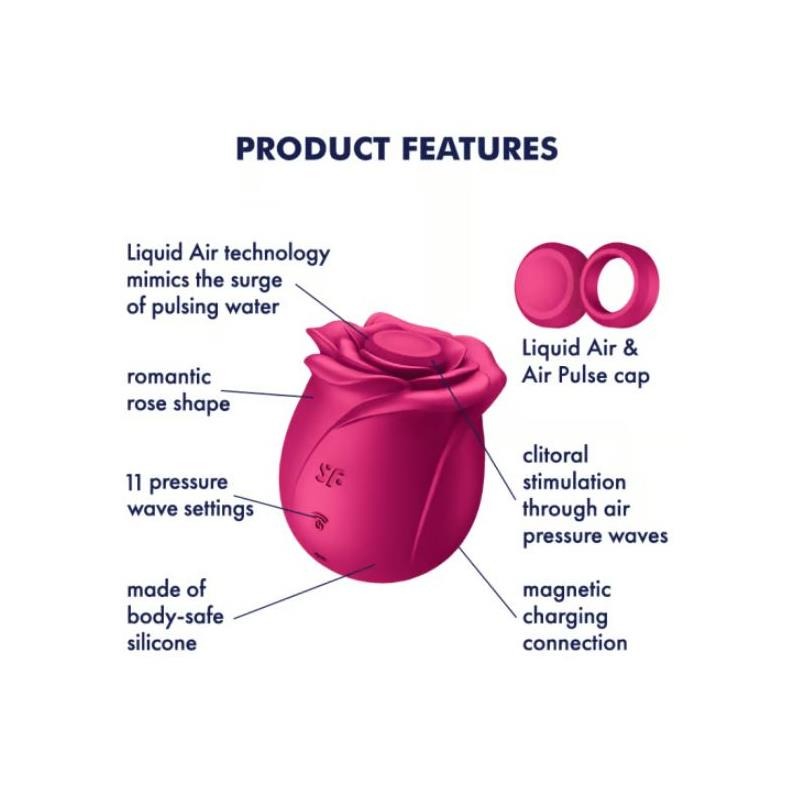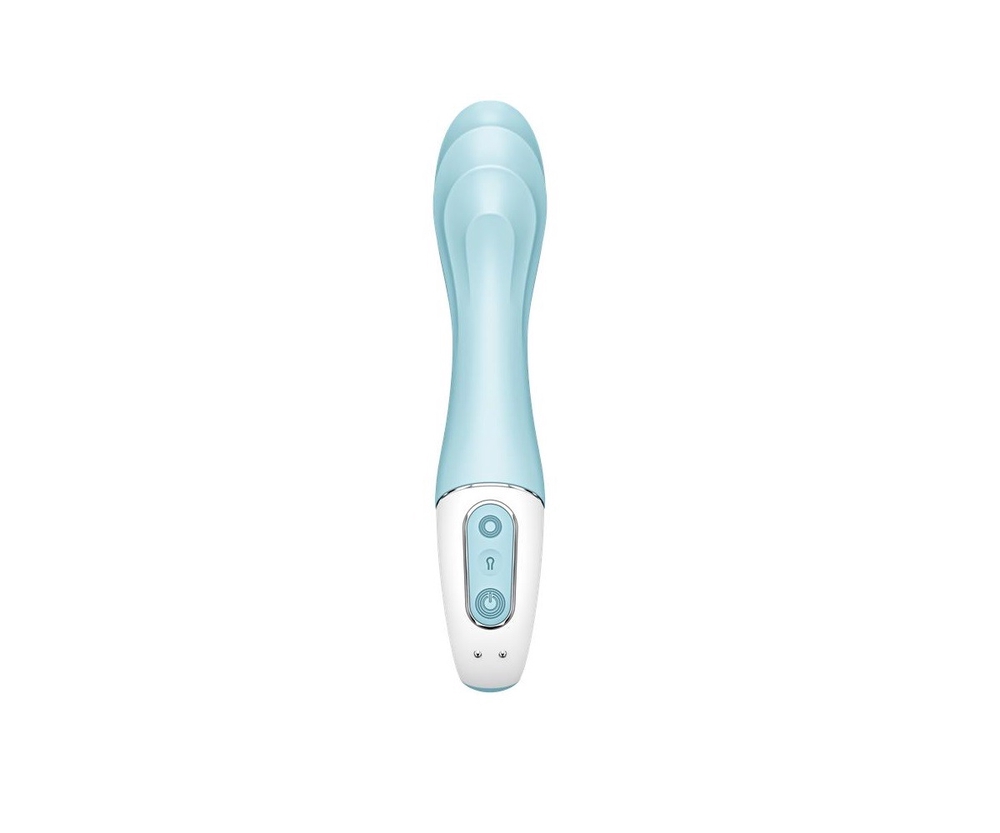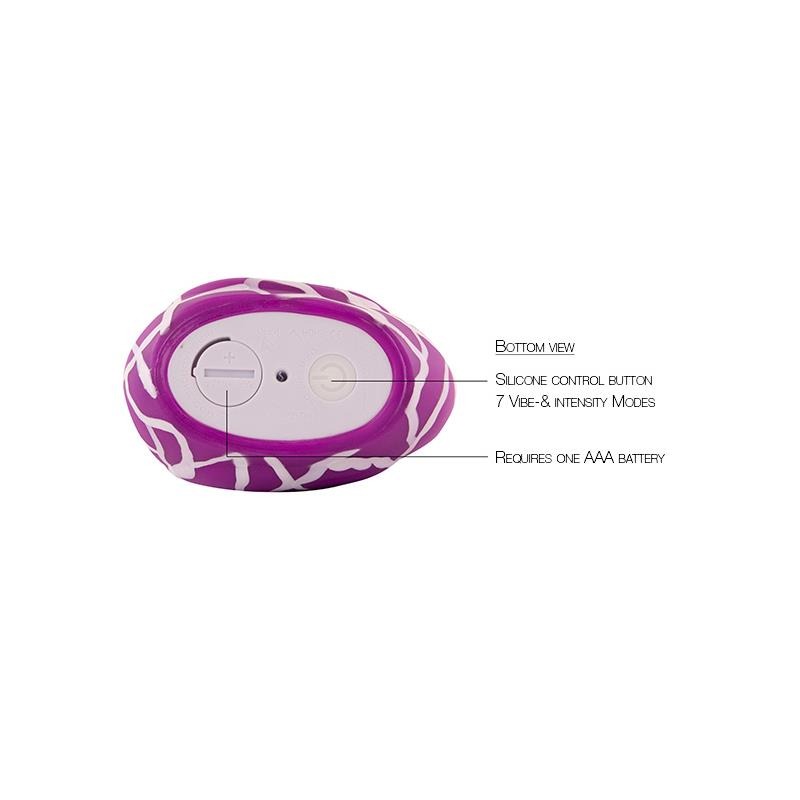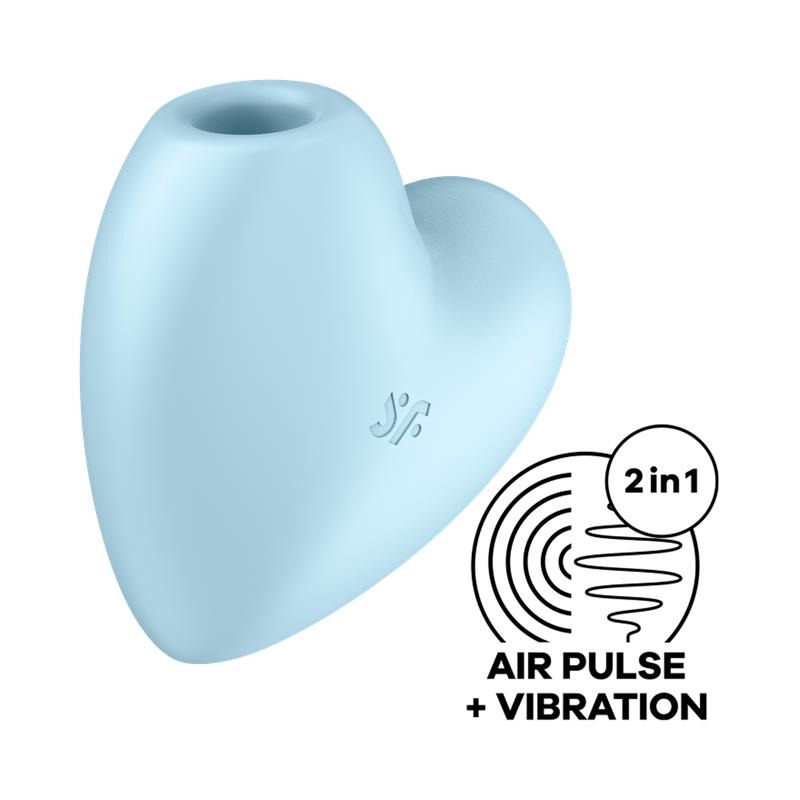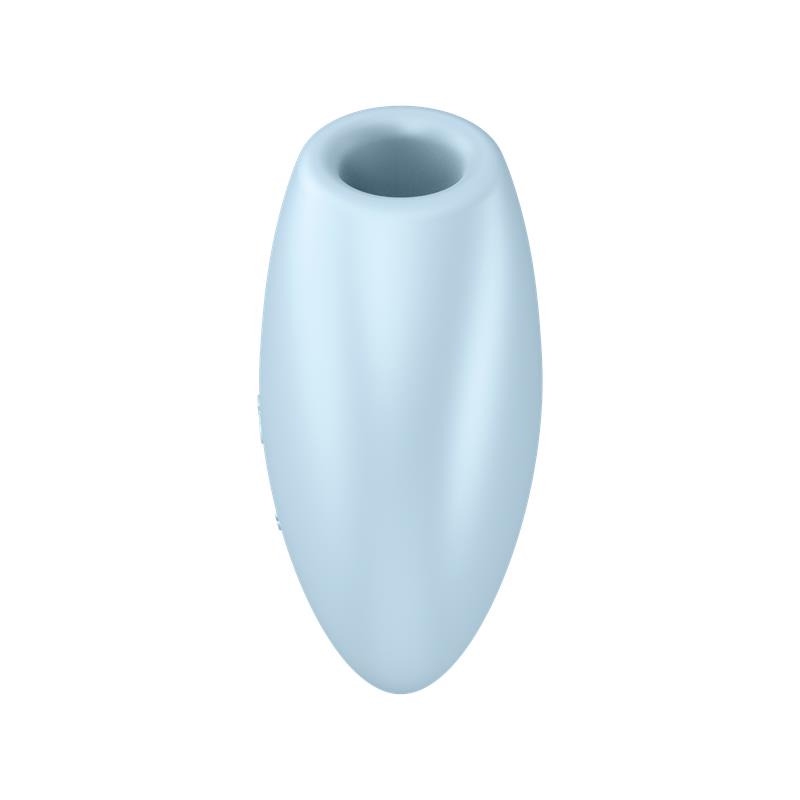The female orgasm is often the subject of much myth and misunderstanding. However, understanding this amazing aspect of female sexuality can help not only improve intimate relationships, but also lead to a fuller, healthier sexual experience.
Physiology of female orgasm
Female orgasm occurs as a result of contractions of the muscles of the vagina and perianal area, which are accompanied by a feeling of pleasure. While orgasm in men is usually associated with ejaculation, in women this is not necessarily the case.
Myths and reality
There are many myths about the female orgasm, including the idea that it must occur during intercourse and that its absence indicates problems or dysfunction. However, in reality, female orgasm can occur in various situations and is not always associated with singing.
Secrets of stimulation
Female orgasm often requires stimulation of the clitoris, which is the most sensitive area for most women. However, it is also important to explore other erogenous zones and experiment with different types of stimulation to find what brings maximum pleasure.
Understanding and empathy
One of the most important aspects in providing a satisfying sexual experience for women is understanding and empathy from the partner. Communication, openness and respect for your partner’s wishes and preferences will help create an atmosphere of trust and comfort, which is the key to achieving orgasm.
Conclusion
The female orgasm is a unique and important expression of every woman’s sexuality. Understanding its physiology, stimulation, and the myths surrounding it will help create a more satisfying and mindful sexual experience. Listen and communicate with your partner, experiment and enjoy the moment – after all, sex should ultimately bring pleasure and joy to both partners.






